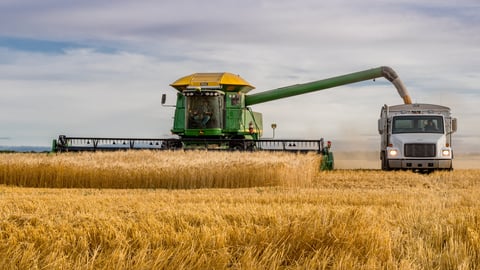Canada’s farmland values rose more slowly in 2023: FCC
Canadian farmland values increased by 11.5% in 2023, new research from Farm Credit Canada (FCC) finds.
That’s slightly less than the 12.8% increase in 2022.
"Farmland prices have continued to increase at a rapid pace over the last couple of years, even when economic conditions suggested the growth should slow," said J.P. Gervais, FCC's chief economist, in a press release. "A limited supply of available farmland combined with a robust demand from farm operations is driving that growth."
The agriculture and food lender’s latest FCC Farmland Values Report notes that the highest average provincial increases were observed in Saskatchewan, Quebec, Manitoba and Ontario, with double-digit average increases of 15.7%, 13.3%, 11.1% and 10.7%, respectively.
British Columbia recorded an average decline of 3.1%, yet the province has the highest farmland values on average.
READ: Farmland is getting expensive, and that’s not necessarily a bad thing
Four provinces had single-digit average increases and were below the national average at 7.8% in Nova Scotia, 7.4% in Prince Edward Island, 6.5% in Alberta and 5.6% in New Brunswick.
There were an insufficient number of publicly reported sales in Newfoundland and Labrador, Northwest Territories, Nunavut and Yukon to fully assess farmland value trends in those regions, FCC said.
"The land market has shown to be very resilient," said Gervais. "Purchasing land in the year ahead will come with careful consideration of the price and timing. Some operations will prefer to wait and see where land values will settle while others may move more quickly should adjacent land become available, or simply because it fits their strategic business plans."
FCC said the number of farmland transactions in 2023 is estimated to have declined slightly relative to 2022 as farm operations exercised more caution towards investment decisions.
"The expectation of weaker farm revenues and elevated borrowing costs and input prices are expected to stretch out this cautious environment for farmland transactions into 2024," according to Gervais.
Receipts of grains, oilseeds and pulses in Canada increased by 0.4% in 2023 and are projected to decline by 13.2% in 2024.




